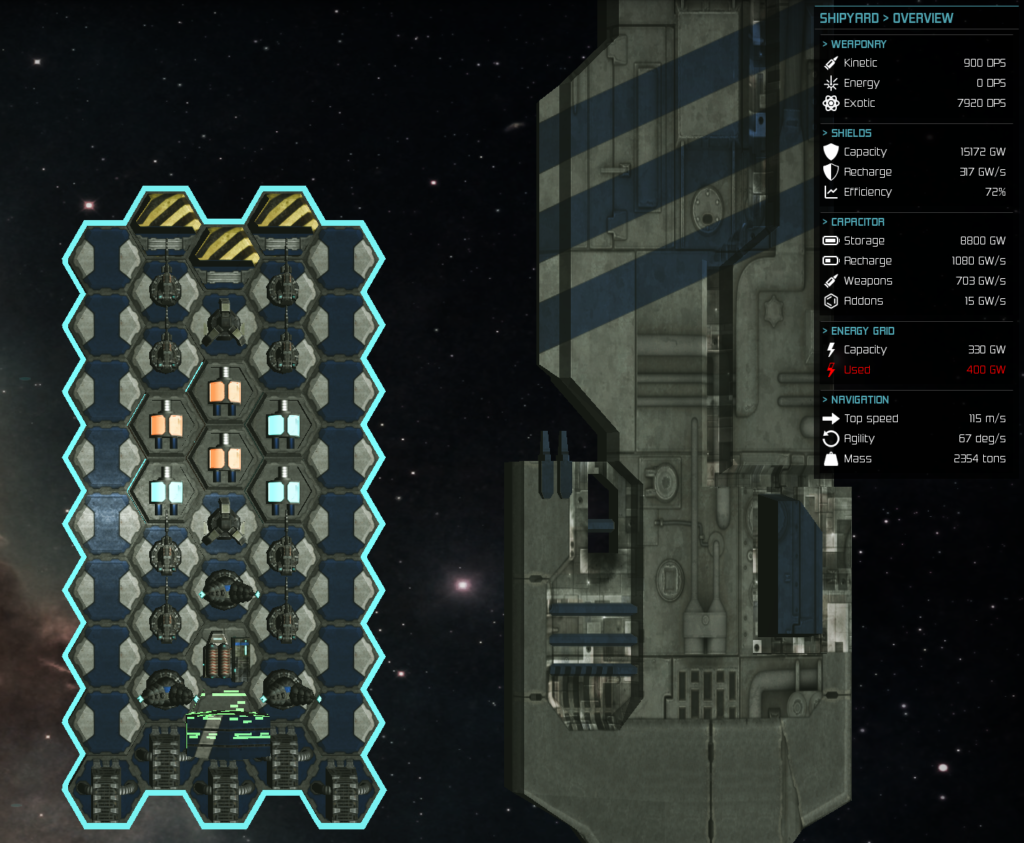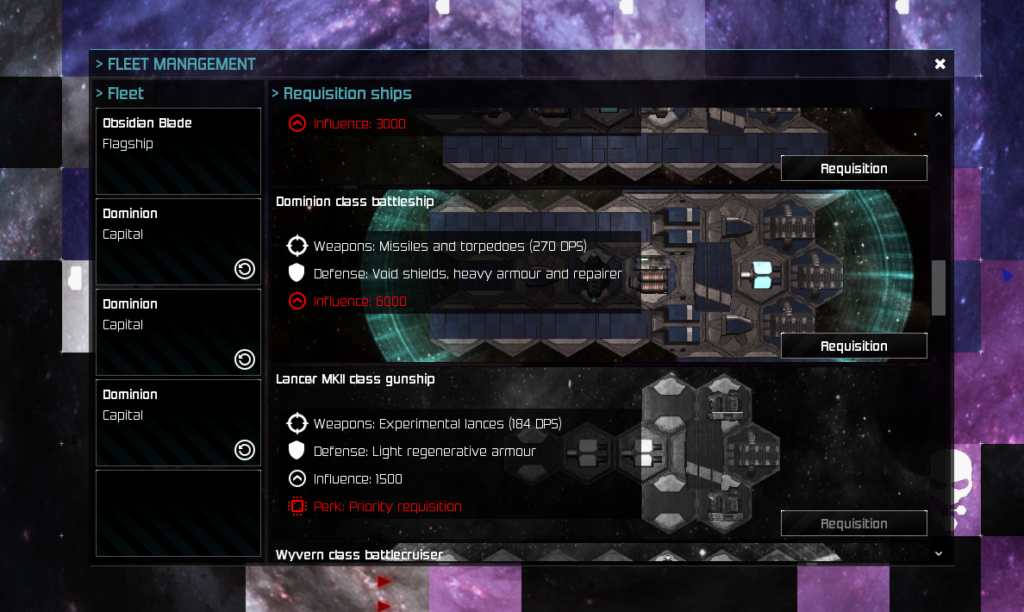It has been a long time since Hexterminate has had a release, and given the size of the changes I think it justifies a 2.0 release! There is a lot more to come, but I wanted to draw the line somewhere and give players a new version.
If you’d like to join me in Discord, I’ve created a new server where I’ll provide regular updates and discuss any issues you might find.
Hexterminate is now free and open source!
The game has had a good run on Steam as a paid product when I released it several years ago, but I have decided to make it free for anyone to play. Hexterminate is a hobby project, and I am financially in a better position now from my day job than when the game was originally released. If you are one of the original players, you have my deepest thanks for supporting me.
This lets me put the game out there for anyone who would like to play it, and make the source available.
You can download the game from Steam:
If you’re a developer, you’ll find the source and instructions on how to compile it here: https://github.com/solace-10/Hexterminate
Native Linux and 64 bit support
The engine has undergone substantial changes and now supports Linux natively, as well as being a 64 bit executable. This was a considerable undertaking as Hexterminate doesn’t use something like Unity or Unreal, but a custom engine which was developed over the course of the years and which was only targeting Windows.
As Hexterminate never played well with Proton / Wine, this is the first time the game is available to players on Linux.
Resource and fleet overhauls
Previous to Release 2.0, you could purchase fleet ships by using generic “Resource Units”, which were gathered by conquering sectors and completing objectives. These fleet ships were ephemeral: if a fleet ship got destroyed during a battle, you’d have to purchase it again.
This meant that there was little point in purchasing ships, as the more expensive ships required large amounts of RU to purchase and in more demanding fights you were all but guaranteed to lose one or more ships. This meant that most players just ran a single ship (their own).
These systems have been changed significantly, and now Resource Units are known as Influence. Influence represents your character’s weight within the political structure of the Empire, and grows steadily as you keep supporting Imperial objectives. This Influence is still spent to requisition ships, but these ships are now permanent and will be restored to your fleet even if they are destroyed in combat.
If you find that a specific ship is not a good match for your fleet, you can return it and its Influence cost will be fully refunded, giving you more freedom to experiment.
Energy changes
The ship’s Energy stat was used in a few different ways:
- To control how many shield modules your ship could have: each reactor would provide a certain amount of Energy Recharge, which would in turn be consumed by the shield generators. Your ship couldn’t undock if the shield generators were consuming more than your Energy Recharge would provide.
- To moderate how fast you could fire your weapons and activate your modules. Your ship’s Energy would recharge over time, and that energy would then be consumed when you fired a weapon or activated an addon.
This was quite muddied and not particularly well explained. To avoid overloading the term Energy, the behaviour is now split into two separate stats.
- Capacitor: this is the energy which is available at any given time for weapons and addons. It recharges over time (based on the Capacitor Recharge stat) and is depleted when you fire a weapon or activate an addon.
- Energy Grid: this is your ship’s underlying power production which is necessary to upkeep all of the ship’s non-combat functions. Shields, engines, etc use your Energy Grid to stay online, and your ship cannot be undocked if you’re attempting to use more of it than it is available.

As a result, the Reactor modules have been changed as well. They now all provide a certain amount of Energy Grid, and now come in three different types depending on what your Capacitor needs are:
- Plasma reactor: these provide the most balanced split between Capacitor Storage and Capacitor Recharge and are ideal for fast firing weapons.
- Solid-state reactor: with significantly higher Capacitor Storage but lower Capacitor Recharge, this type of reactors benefit slower-firing weapons that need more energy per shot, such as artillery modules.
- Anti-matter reactor: sometimes you really want the benefits of both. Ship space is at a premium, after all. Anti-matter can solve all your problems, with the slight issue that you really, really don’t want a containment breach on your anti-matter reactor. These reactors explode violently when destroyed, and can chain with each other, potentially taking out your entire ship.

In general these changes make both ship construction easier, and combat more intense, as some well-placed shots into an exposed anti-matter reactor can all but take a ship out.
Additional UI updates
The Fleet Management window has been rebuilt using the new user interface system. It’s considerably cleaner than the previous one, and highlights any missing requirements which prevent the player from requisitioning a ship.

The Shipyard Stats section has been rebuilt as well, and considerably expanded to provide the player with more information about their ship. Long-missing stats such as the ship’s top speed and agility are now visible and provide immediate feedback as you change modules.

Perhaps surprisingly, calculating these navigation stats was significantly challenging and part of why they had never been visible before. But now that they’ve been correctly calculated rather than just left at the mercy of the physics engine, it opens the door to improvements to the ships’ AI as well.
General stability fixes and polish
There have been a large number of stability fixes (lots of crashes!) as well as various rendering issues. This includes a fix for a very embarrassing issue with the loading system which I hadn’t noticed as I was running a development build.
To assist with tracking further issues, an automated crash reporter has been integrated into the game.
Be First to Comment